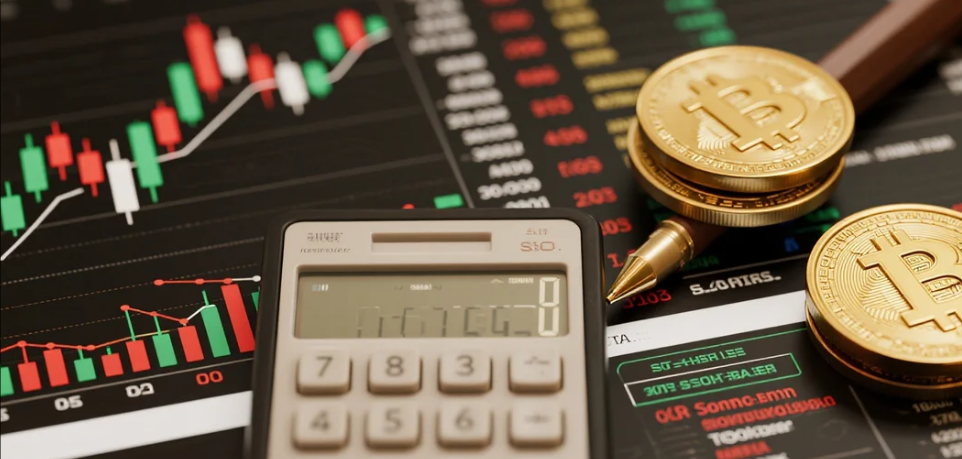
What are High-Dividend Stocks?
There are two ways to profit from stock investments: capital gains through price appreciation or cash dividends from company payouts. While price fluctuations are unpredictable, historical data can reveal a company's consistent dividend payments.
Generally, high-dividend stocks offer annual payouts representing at least 5%—often 8%-10%—of their share price. This strategy balances offense and defense, proving effective across mature markets like the US/EU and China's A-shares. Its current popularity stems from:
1) Low-interest environments reducing expected returns, making stable high-dividend payers more attractive;
2) Increased market uncertainties driving capital toward these "safe haven" assets.
High-dividend stocks typically feature stable earnings, strong cash flows, and large market caps. During market downturns, they demonstrate resilience ("bear market resistance") while delivering solid dividend income.
How to Screen High-Dividend Stocks?
Consider these four metrics:
1. Revenue Scale
Mid-large cap leaders (CNY10-50bn) in niche sectors with limited expansion plans often prioritize dividends, yielding higher rates.
2. ROE (Return on Equity)
ROE = Net Margin × Asset Turnover × Financial Leverage. High ROE indicates competitive advantages (premium pricing/operational efficiency), strong supply chain bargaining power (quick receivables/prepayments), and access to low-cost debt—all supporting sustainable dividends.
3. Operating Cash Flow/Revenue Ratio
Higher ratios reflect faster post-sale collections, suggesting pricing power over customers, minimal receivables, and greater dividend capacity.
4. Payout Ratio
The percentage of net profits distributed as dividends. Example: Stock M (Price=100, EPS=10, Dividend=4) has a 40% payout ratio—retaining 6 yuan per 10 yuan earned while sharing 4 yuan.
















